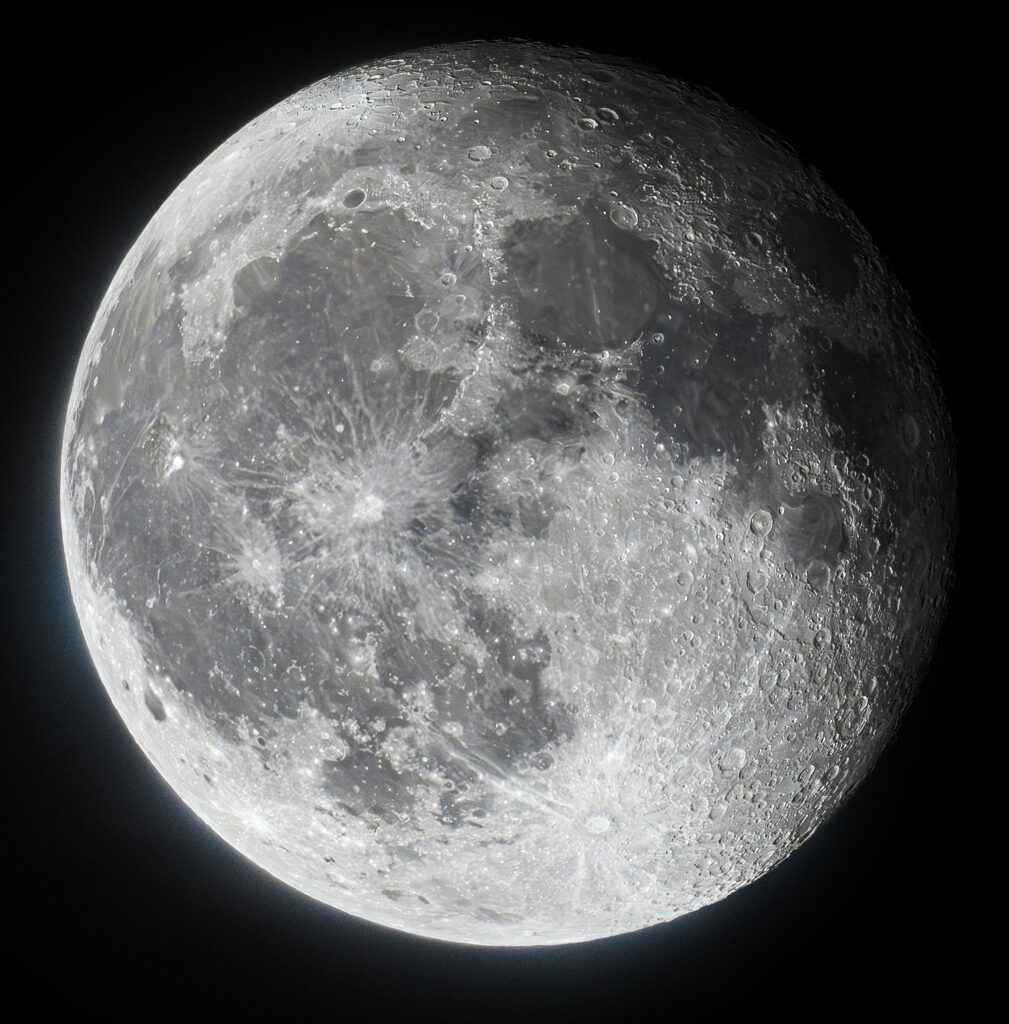Consider a polymer chain dissolved in a solvent, where its behavior is influenced by the Flory parameter, denoted by $\chi$. As the interaction parameter $\chi$ varies, the chain undergoes several conformational transitions:
• For $\chi > \chi_c$, the polymer collapses into a dense, globular structure with a radius of gyration scaling as $R_g \sim N^{1/3}$.
• At the critical point—commonly known as the $\theta$ point—where $\chi \sim \chi_c$, the chain behaves like an ideal random coil, characterized by $R_g \sim N^{1/2}$.
• In a good solvent, when $\chi < \chi_c$, the polymer chain is swollen and stretched, with $R_g \sim N^{3/5}$.
A “universal” expression that captures how the radius of gyration $R_g$ changes with $\chi$ is given by
$R_g(\chi) = R_g^\mathrm{glob} + \frac{R_g^\mathrm{coil}-R_g^\mathrm{glob}}{1 + \exp[(\chi-\chi_c)/\Delta \chi]}$,
where $\Delta \chi$ quantifies the width of the conformational transition region and $\chi_c$ locates the transition.
To estimate the window width $\Delta \chi$, we first define an order parameter that measures deviations of the polymer’s size from its value at the $\theta$ point. We write
$R = R_0 (1 + m)$,
with $R_0 \sim N^{1/2}b$, where $b$ is the monomer size and $m$ represents the fractional deviation from the ideal size.
Next, we expand the free energy $F(m)$ in powers of $m$. Close to the $\theta$ point, the expansion takes the form
$\frac{F(m)}{k_BT} \simeq C_1 N (\chi-\chi_c) m^2 + C_2 N m^4 + \cdots$,
where $C_1$ and $C_2$ are constants, and $k_BT$ is the thermal energy.
In the mean-field (infinite-system) limit, the phase transition is sharp. However, for finite systems, fluctuations smear the transition, leading to a rounded behavior characterized by a finite width $\Delta \chi$ defined by $|\chi-\chi_c|$.
At the edge of the transition, the quadratic and quartic terms in the free energy become comparable. Equating these contributions gives
$C_1 N\,\Delta\chi\,m^2 \sim C_2 N\,m^4,$
which implies
$m^2 \sim \frac{C_1}{C_2}\,\Delta\chi$.
Furthermore, the transition is significantly broadened when the free energy barrier, estimated by the quartic term, is of the order of unity (in units of $k_BT$). That is, when
$N C_2\, m^4 \sim O(1).$
Substituting our earlier estimate for $m^2$ into this condition, we obtain
$N C_2 \left(\frac{C_1}{C_2}\Delta\chi\right)^2 \sim O(1),$
which simplifies to
$\Delta\chi^2 \sim \frac{1}{N}.$
Thus, the rounding of the transition in terms of $\chi$ scales as
$\Delta\chi \sim \frac{1}{\sqrt{N}}.$

